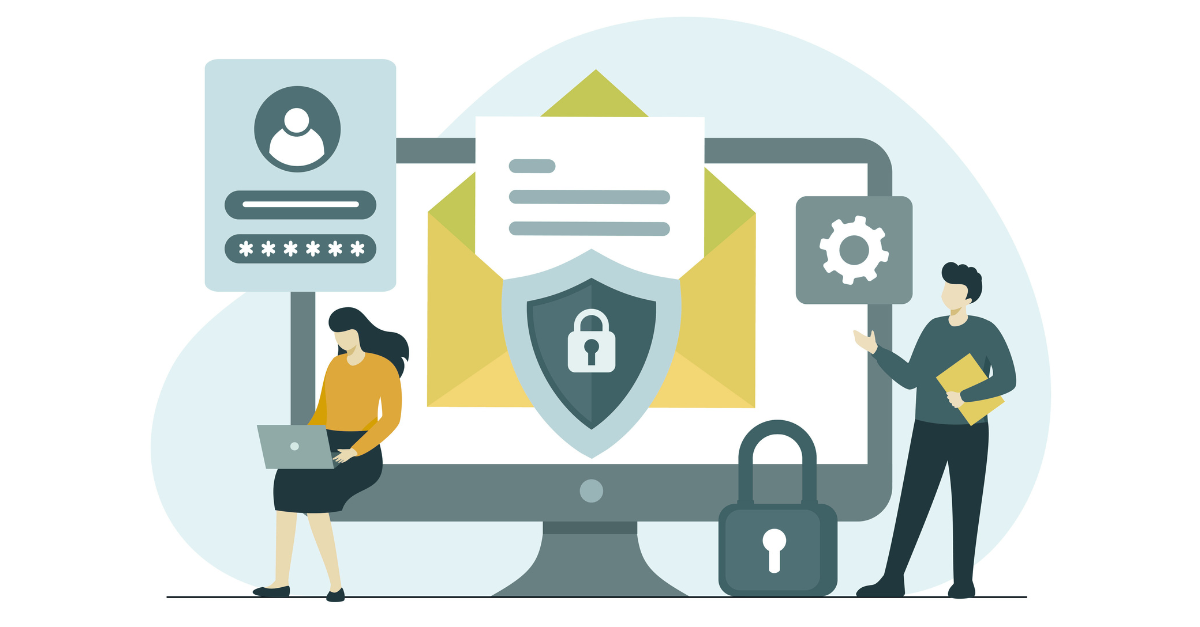Data is crucial to what we do. After all, how can we best design experiences for our customers if we have no idea what’s working well and what’s failing? Beyond these big picture ideas, data and customer journey analytics do a whole lot of work in providing us with information on specific touchpoints that contribute to the overall success of our business.
When it comes to powering your strategies, data will become a key informer for effectively optimizing customer experiences.
Data Journey Map
A customer’s data journey map outlines all of the interactions a user has with your company from their initial interest to the point in which they convert and become a customer. Rather than focusing on just the beginning or the end, these maps prioritize every aspect of the sales funnel whether that’s a targeted ad or a curated social media experience.
The pros of this? Marketers are able to fully understand where a customer came from and how they got to the final phase of the sales journey. You’re able to holistically view this experience and understand exactly what roles different channels and media played in moving them through the experience.
5 Stages of the Customer Journey
All customers will go through the customer journey when going through the process of making a purchase. These are distinct, defined phases that they pass through involving your company and include the awareness stage, consideration stage, purchase stage, retention stage, and advocacy stage.
While they make moves, you will have a major impact on this through your strategy. What’s even more important is that data will have a major impact on this strategy and therefore, your customers.
How and where does this all tie together? It becomes more obvious the closer you look. For example, consider the awareness phase of the customer journey. Your data analytics can give you an idea of which ads are drawing in crowds and which aren’t, or how well your social media is performing. These data indicators can show you how to tailor your process to improve the customer experience.
You can apply the same train of thought to the consideration, purchase, retention, and advocacy stages. Data doesn’t lie and can help you understand what the customer is thinking and how you can tweak your strategies to optimize outcomes for each phase of the customer journey.
Analytics in the Customer Journey
While mapping and analytics are complementary processes in fleshing out the customer experience, they aren’t the exact same. Mapping involves documenting each step of the journey from one end to the other, creating a clear picture of what the customer goes through. This will include the five stages we previously mentioned as well as key interactions, trends, touchpoints, expectations, etc.
Analysis on the other hand involves hard data and overlaying this with various points in the mapped journey in order to tell a comprehensive journey. For example, you may notice an increase in abandoned carts. When paired with data you have on this, you may also find that the checkout process is taking longer than usual or that your customer is having to refresh often to get to the checkout screen. This may clue you in on any issues with your checkout system and lets you know that this process needs optimizing.
Customer Journey Metrics
There’s no shortage of metrics you can leverage to inform your next steps when it comes to your customer’s journey. You can look at any and all aspects of the journey to help you strategically plan or improve.
Customer engagement is a popular one because it helps you identify how and how often customers are interacting with your brand either through your website or your social sites. Conversions are also another area of interest for brands and for you this may look like a purchase or even something as simple as a quick answer to a yes or no survey.
Here’s a list of metrics that many people like to keep track of:
- Bounce rate
- Cart abandonment rate
- Customer acquisition
- Customer conversion rate
- Customer effort score
- Customer engagement
- Customer lifetime value
- Customer loyalty
- Customer reach
- Customer retention
- Customer satisfaction
- Net Promoter Score (NPS)
- SEO rankings
- Website visitor intent
Analyzing the Journey
To really take your insights to the next level, invest in customer journey analysis. This method goes beyond traditional tactics for customer mapping, allowing you to track customer engagement touchpoints all throughout their journey across multiple platforms. It doesn’t just involve following your customers through the sales funnel but takes into account each of their interactions and how it plays into your overall strategy.
You’ll begin by collecting data on your relationships from the smallest interactions to the largest transactions. Find everything you have saved on your customers both online and offline. You can find this information in your email dashboards, your CRM and marketing automation platforms, or even your salespersons’ one-on-one interactions if that’s how you conduct business.
Once you have the data, start connecting the dots to formulate profiles on your customers. You can continue to build on these as you move forward and add new details as they show up. After everything is all set, you’ll be able to do a thorough analysis of the data to discover user behavior, patterns, problems, and other useful insights.
Insights like this are effective for planning your future marketing strategies. They allow you to take what you know back to your current customer maps and break down your data into various customer bases. You can also use the data to inform your strategies beyond customer demographics. Utilize the information to optimize various aspects of your business’ customer journey whether that means implementing a better nurture strategy or improving the user experience of your virtual storefront.
In addition to taking a look at the major aspects of the customer experience using analysis, you’ll also be able to evaluate the micro-moments your customers are experiencing. This can be a huge benefit if you’re trying to pull unique journeys out to analyze. While traditional mapping can miss these small but valuable points of interest, web analytics can easily capture these insights.
This analysis really makes the difference between visualizing a few touchpoints to getting a full picture. A better grasp on your data equals a better grasp of your customer base and what they’re going through, becoming the best tool for fine-tuning your sales funnel and your customer’s experience.
The Takeaway
Data and analysis have always played some sort of role in informing our next steps. We use it without even meaning to — how many times have you noticed a repeating user behavior and started making connections in your mind? Since we already work this way, it only makes sense to take it to the next level and track to your company’s potential.
When it comes to data, there’s always something relevant to apply to each stage of your sales funnel. Once you get into the habit of utilizing the data and spotting the relevant patterns, you’ll have a better understanding of your customer’s journey and where you can step in to make it better for them and your company.



